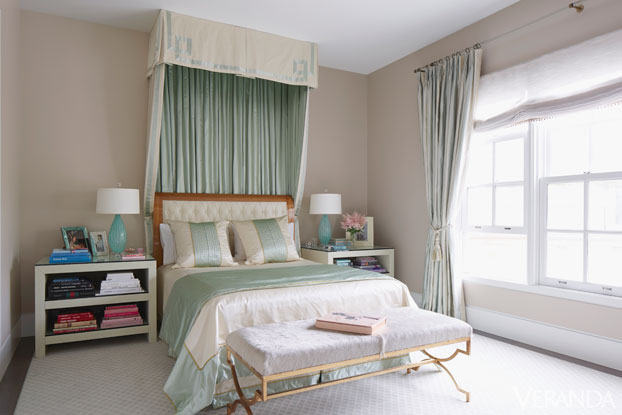Basic Exterior Painting Guide
Great Tips for Exterior Painting of Your House
 Since the DIY craze became a global hit in this century, people are looking for credible information on ways in making their projects to look and feel like professional results. Since one of the best things to beautify external parts of your home is to paint exterior parts of your home, DIY exterior painting became a topic on the net that is being looked at by thousands of people.
Since the DIY craze became a global hit in this century, people are looking for credible information on ways in making their projects to look and feel like professional results. Since one of the best things to beautify external parts of your home is to paint exterior parts of your home, DIY exterior painting became a topic on the net that is being looked at by thousands of people.
You may want to repaint your house soon when you notice the points are starting to crack, peel and blister. Ignoring these signs may lead to a much more extensive, expensive and time-consuming job and require a new paint job. In this article are a few exterior painting tips every homeowner should know whenever you’re planning to paint the house on your own instead of contracting an exterior painting company.
Selecting the Right Paint
In a painting job, it is important to know what type of paint you would use for your project. This would allow you to work with more confidence and could make your exterior painting look professional just like that of an exterior painting company. There are many types of paint that can be used for painting a house, but there would be only two general types of exterior paint that are:
Water based latex – latex cleans up with soap and water that is quickly dry, has low odor and has fewer chances to crack, where it remains flexible longer than oil-based alkyd.
Oil-based alkyd
This paint requires mineral spirits for clean up, unlike latex paint with just soap and water. But many painters may prefer this type of paint because of its durability and dries with fewer brush marks. These alkyds have a strong smell and dry very slowly.
You have the freedom to choose the right exterior paint you would use for your project. You just need to remember that when you are applying latex paint over old alkyd paint, priming may be necessary to make sure that the topcoat will stick to the oil-based paint.
Preparing the Surface
Many people ignore the proper preparation for the surface. They believe that it is OK to paint a bare surface and to prepare the surfaces would add time during painting. Sadly, they miss the point of preparing the surface before painting a house.
The benefits of preparing the surfaces are:
- Paint adhere to the surface
- Smooth the material for even coating
- Avoid spills and splatter on other objects
- To repair damages on the subject
- Preservation of the material
Before you go and start painting the surface, you must clean the exterior from all the dirt, grime and mildew and chalky residue. Hand scrubbing with a stiff brush is as effective as a power sprayer. Use a fine grade putty to fill the holes in the surface. If the old surface is in good condition, you can directly paint the surface. Just make sure to scrape and sand any spots where the old paint has blistered or flaked off. Prime the bare wood before painting it.
 Painting Tools
Painting Tools
Brush and Roller – Using both a paintbrush and a roller may help you achieve the fastest and most effective way to exterior paint. Use the brush for the narrow surfaces, small areas and edges. While roller is great for large area surfaces
Extension Rod/Pole – this is the best tool to help you reach areas that are not reachable by hand. This would allow you to eliminate the use of scaffold and ladders.
Scaffold – Some people argue about the effectiveness of a scaffold and a ladder, but in a professionals’ opinion, a ladder is a nimble and flexible choice for people who wanted to paint small areas, but a scaffold may help for reaching high areas without having trouble from moving around.
Paint Grid – it is the best alternative to paint tray. This would eliminate the paint tray and let you paint using your bucket and the painted grid hanged inside the bucket.
Know the proper Technique used by exterior painting company
When painting any exterior part of your home, it is important to know where to start. A good way of painting a house is to start from the top. This would allow you to set up the scaffold or ladder earlier and help you eliminate stains from the edge of the ladder sticking with your paint job.
Start painting near the top of the house and work way down. Apply paint to the bottom edge of the siding first. Paint the broad surfaces. And to avoid more lap marks, try to brush the wet surface first onto another wet surface.
Painting is an easy task where everyone may do it. But to perfect the craft of painting the exterior of a house, it is essential to use the right tools and equipment, follow our steps provided in our article and make sure to work safely as possible.

 Painting Tools
Painting Tools





